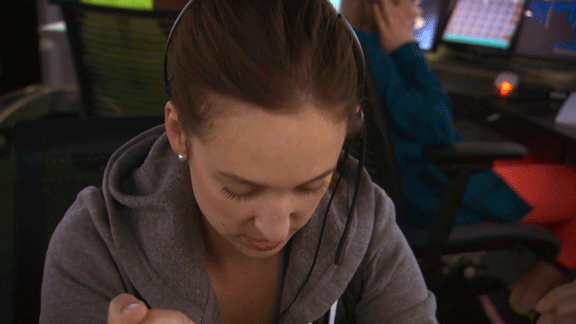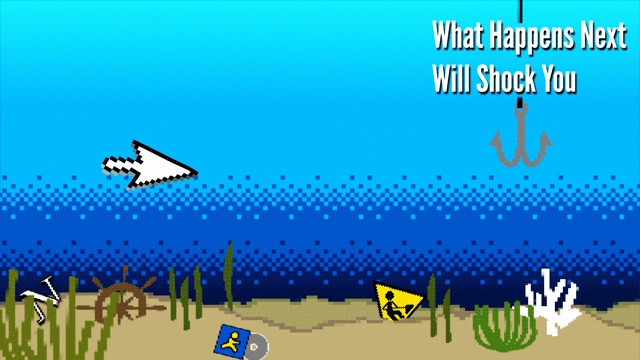If you currently have a website or thinking of innovating your website, there are several building blocks which will help the foundations, one of them being the use of blog content. Blog content is not just a place to boast about your product or to insert as many keywords as possible, but in Google’s eyes blog content is where experts provide educated information. In this article we will explore the benefits and fundamentals of maintaining a blog.
Providing blog content is essential no matter your business or profile, you can place your product or business on the Google shelf however without the bells, whistles and talk behind it no one will even notice its existence.
Google actually favours sites which contain blog posts, as businesses are seen as experts in their field. Providing content relevant to your product or services will also give context to your users who wish to find out more about you, it is another way of building your brand and potentially a place to network.
Where to start?

If you have not yet set up your website, do some research on what platform best suits your business, an easy to navigate and edit platform we will use for an example is WordPress.
WordPress is free, there’s no subscription, sign up or charge even when your site becomes more popular. Not only is it free to use and access but you will save a lot of time and money from your business with the easy to use design. WordPress hosts an abundance of design layouts and plug-in opportunities to make your site still stand out amongst others. However, we do advise to not go too crazy on the plug-ins as it can slow down your site, which is not appealing and can also increase the chances of people leaving your site. If it’s all a bit too technical for you, another comforting factor is that WordPress is the most commonly used CMS (content management system), therefore, if you come across a problem or question, chances are the answers are on Google.
Other blogging platforms include:
- Squarespace
- Tumblr
- Joomla
- Medium
- Weebly
- Blogger
- Shopify
Keep it niche relevant.
First of all, make sure your aim is clear to not only your users but to yourself, identify what type of content you would appreciate on your own website, what interests you and what is relevant to your business. Losing these elements is losing the identity of your site, for example, a Pet Adoption site posting articles on Luxury Vintage Cars would not be relevant. A Pet Adoption site hosting articles on Pet Care or articles about Golden Retrievers would be niche relevant to the site.
Most websites attain copywriters to assist with their blog articles, if you or your users prefer content with quality research and professional insight either reach out to some copywriters, alternatively, if you are working with an SEO specialist, ask them if they know any copywriters and chances are they will have the networks for you. You may also be able to find a university student or someone wanting to get into the industry. Copywriters are eager to write your articles, yet it is up to you to provide the suggestion of blog topics, therefore it is up to you to do the primary research.
Blog pages are a space where a business’ can market their product or services and educate their users for free!
Blog posts are a great way to attract audiences into your site but also to educate users on your product and services; if you are selling facial scrubs or a particular beauty product, a blog space is a great way to educate users on how to best use your product as well as offering up free advice, and let’s face it, that’s what we want as consumers.
Free instructions and advice are why we use Google, it is not just for advertising but it is most importantly an educational tool. Google facilitates the answers we seek, that is the purpose of each individual blog post, offering up the answers to your niche relevant users questions.
Keep on Trend, Track and Time.

While it is important to provide a blog page and blog content, you can’t necessarily write about whatever you want to write about. Keep up to date on what is trending in your niche area and make sure it is topical and published within the appropriate time.
The most simple method is to keep it seasonal, not only can you adapt this mentality to your articles but this can also reflect your products, if you sell cakes, relevant blog topics can include Halloween, Christmas, Valentines or Easter themed icing decoration. Birthday designs and decorations can also be altered depending on the trend at the time: Minions, Marvel, or the latest Disney release. As well as keeping your blog topics on trend you can adapt this where applicable to your own business, not only are your blogs educating your users but through your own research, you can forever revamp your product and brand.
Certain topics are only relevant for a short amount of time, make sure you get there in time. If you are wanting to post commentary on the latest fashion at the Oscars your finger should be on the pulse and publish your article immediately after or nearing the end of the proceedings. Keep in mind this type of post will only be relevant the day of and a few days after its publication, thereafter the topic will no longer be relevant. Even though it may only have short-term relevancy, if your competitors are bound to post about it, you should too!
Ideally, to keep on trend you should post content at least once a month, not only will this keep you ahead of your competition but users, as well as Google, prefer web pages where there is a constant turnover. Users are more likely to click off your site if the content is outdated or assume the website or business is dead due to the lack of relevance.
The Layout
Google optimises pages with at least 200 words, blog pages should be where the bulk of your word count is held when providing blog content Google advisers providing around 1000 words per article. With this high word count remember to keep your readers intrigued, adding images or video not only brightens up a page but can also help provide more context on the topic. The same rules that apply for your content apply for the images and videos used, a stretched out image or a monotonous video could turn users away from your site as well as hurting your brand. Whether you are providing these elements or not, it is important to vet through these components before publishing the article live.
Another easy step to make your blog aesthetically pleasing for users is to spread it out. By inserting subheadings, paragraphs, charts, bullet points with the addition of video and images will make for an easy read. Consequently, users will stay on your page to read on instead of becoming disinterested and clicking off.
Write Something People will Click on instead of Clickbait

Clickbait articles are still doing the rounds and as much as they may get some users to click on to a site a lot of clickbait articles are in threat of receiving a high bounce rate. A bounce rate refers to when Google identifies users are clicking on and quickly clicking off a site, to achieve a high bounce rate is not a good thing, you want to keep this down to a minimum. Therefore provide information your users will want to read, make sure you supply and deliver.
If you’re not sure what the blog article title then you should try and keep it short and simple, title tags should be no more than 75 characters, if you’re still having trouble look at similar articles and their headings or relevant subheadings to make a variation for yourself.
Another tip is to use emotive words such as “ultimate,” “complete,” “definitive,” “study,” “step‐by‐step, or let users know it will be an easy read with “Top 10 ways” or “10 easy steps”.
Publish and Prune.
Once you have your blog article, even if it is provided from a copywriter, make sure to perform a last edit for spelling or grammar. For each title or heading make sure they have their unique codes, either “<title> </title>” or for each descending heading “ <h1> … </h1>”, “<h2> … </h2>” etc as this will help Google identify the headings.
Every few months you may encounter similar trends or topics becoming relevant again, if you have older blog posts in which the content needs to be updated, Google still recognises this as new content if it has been edited and refined to reflect the currency.
Blogs are an easy to navigate Search Engine Optimization marketing strategy as it can be controlled by you, the business owner, blogs are where you can utilise some long tail keywords which are helping users click onto your site as well as providing your niche relevant customers with the answers they seek.